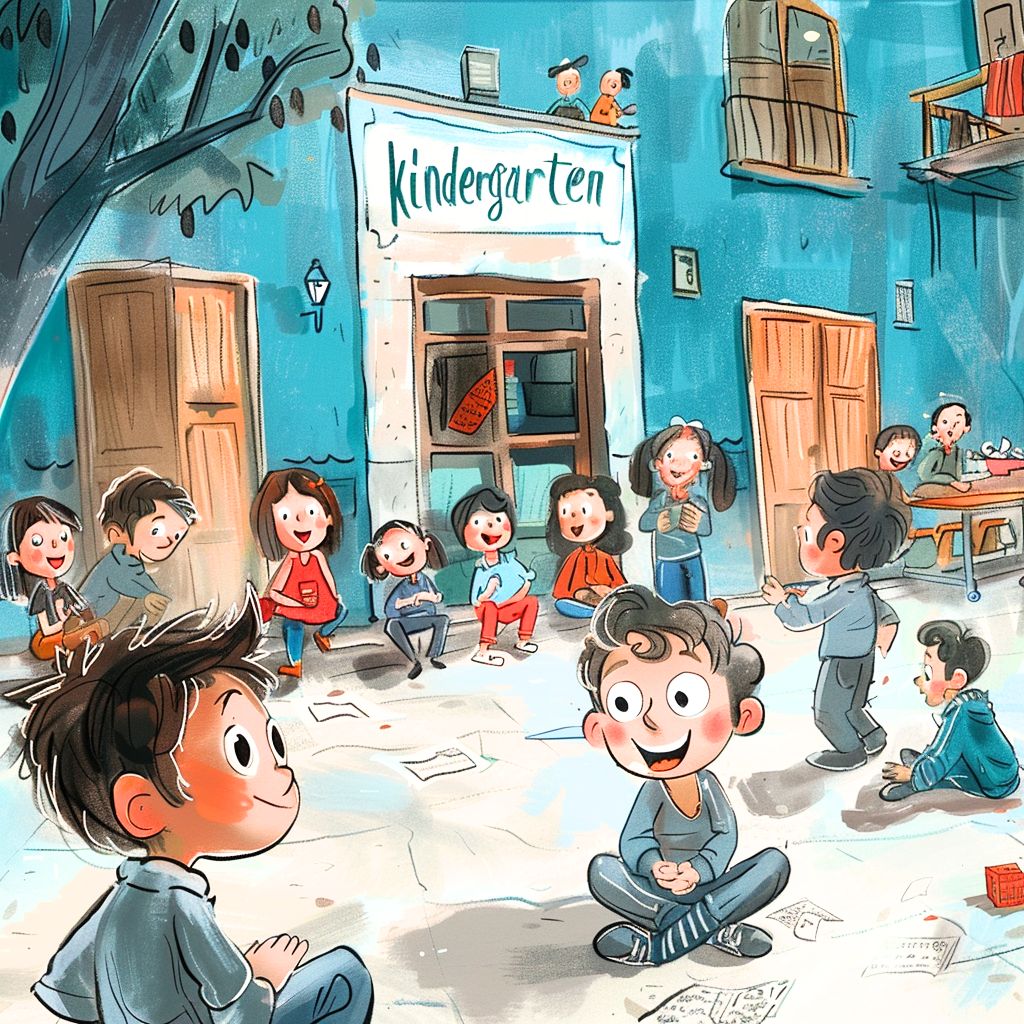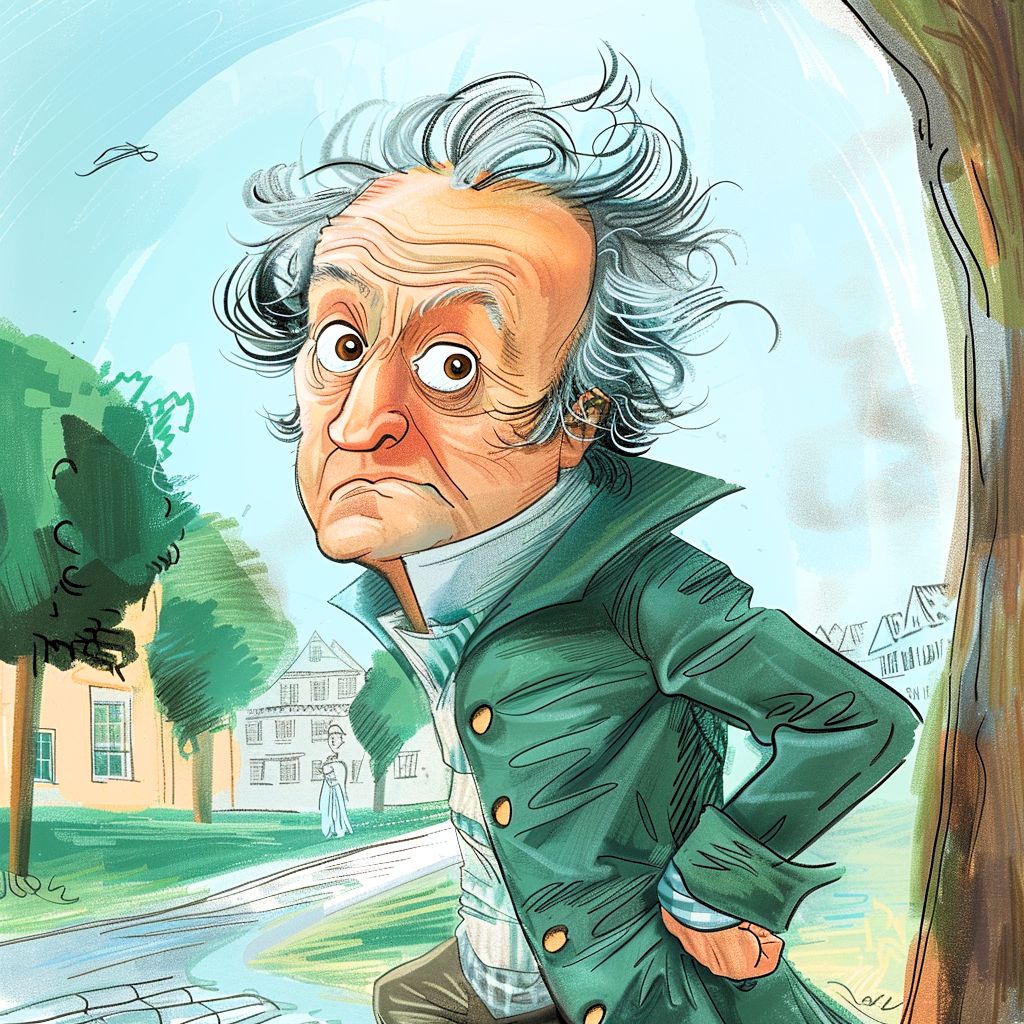German is a fascinating language with many unique features.
From its mind-boggling long words to its unique characters, there’s much to explore.
Whether you’re a language enthusiast or just curious, these fun facts will give you a glimpse into the wonderful world of German.
So, let’s get ready and discover what makes German so special and interesting!
By the way, German is my mother tongue, so I’m thrilled to share these with you!
Los geht’s (Let’s go!).
1. Mind-Blowing Monster Words: German’s Super Long Compounds
German is known for its exceptionally long compound words, often created by combining multiple words to form a new term with a specific meaning. One of the most famous examples is “Donaudampfschifffahrtselektrizitätenhauptbetriebswerkbauunterbeamtengesellschaft,” which translates to “Association for Subordinate Officials of the Head Office Management of the Danube Steamboat Electrical Services.” These compounds are a unique feature of the German language, allowing for precise and descriptive terms to express complex ideas in a single word.
While they might seem daunting initially, breaking them down into their individual components can make them easier to understand and appreciate. This linguistic trait not only showcases the creativity and flexibility of German but also reflects the language’s ability to adapt and evolve to meet the needs of its speakers.
2. Meet ß: The Funky Letter You’ll Only Find in German
The German alphabet includes a unique character, ß, known as “Eszett” or “scharfes S.” This letter is pronounced like the English “s” and is used in specific contexts, such as after long vowels and diphthongs. It typically appears in words like “Straße” (street) and “groß” (big). The ß is notable because it has no direct equivalent in other languages, making it a distinct feature of written German.
In recent years, Germany introduced a capital version of ß, primarily for use in all-caps text, adding another layer of complexity and uniqueness to its usage. The letter reflects the precise and phonetically driven nature of the German language, where pronunciation and spelling are closely linked.
3. Why Capitalize All Nouns? German’s Strange Grammar Rule
In German, all nouns are capitalized, which is a distinctive feature of the language. This practice dates back to medieval times and helps easily identify nouns within sentences. For instance, in the sentence “Die Katze schläft auf dem Sofa” (The cat sleeps on the sofa), both “Katze” (cat) and “Sofa” (sofa) are capitalized. This capitalization rule enhances readability and clarity, making it easier for readers to distinguish between nouns and other parts of speech. It reflects the structured and methodical nature of the German language.
4. He, She, It: Navigating German’s Gendered Nouns
German nouns come in one of three genders: masculine (der), feminine (die), or neuter (das). These genders affect not only the articles used but also the endings of adjectives and the conjugation of verbs in some cases. For example, “der Mann” (the man), “die Frau” (the woman), and “das Kind” (the child) each require different articles and adjective endings.
This grammatical feature can be challenging for learners but provides a nuanced way to convey meaning and relationships between words. Understanding and mastering noun genders is crucial for fluency in German.
5. Say What? English Words with German Roots
Many English words are derived from German, reflecting the historical and cultural connections between the two languages. Words like “kindergarten” (children’s garden), “doppelgänger” (double walker), and “schadenfreude” (joy in others’ misfortune) have been borrowed directly from German. These words often retain their original meanings, adding to the richness of the English vocabulary.
The influence of German on English highlights the dynamic nature of language evolution and the shared linguistic heritage that continues to shape modern English.
6. Yoda Speak: German’s Unique Word Order Explained
German often employs a different word order than English, particularly in subordinate clauses where the verb typically moves to the end. For example, “I know that you love me” translates to “Ich weiß, dass du mich liebst” (I know that you me love). This structure can initially confuse learners but follows a consistent and logical pattern.
Understanding German word order is key to mastering the language’s syntax, as it dictates how sentences are constructed and how meaning is conveyed.
7. Case Closed: Cracking the Code of German Grammar Cases
German uses four grammatical cases—nominative, accusative, dative, and genitive—to indicate the role of a noun in a sentence. Each case changes the form of the articles and sometimes the nouns themselves. For instance, “der Hund” (the dog) becomes “des Hundes” in the genitive case.
These cases help clarify relationships between words and provide a more precise meaning. While mastering the cases can be challenging, they are essential for achieving accuracy and fluency in German.
8. From Bavaria to Berlin: A Tour of German Dialects
Germany boasts a rich diversity of dialects with significant regional variations. Bavarian, Swabian, and Saxon are just a few examples, each with unique pronunciation, vocabulary, and grammar. These dialects reflect the cultural and historical diversity of Germany, often making communication a fascinating challenge even for native speakers.
Understanding and appreciating these dialects can deepen one’s connection to the German language and culture, highlighting the vibrant linguistic landscape of the country.
9. Du or Sie? The Art of Addressing People in German
German distinguishes between formal “Sie” and informal “du” when addressing people, influencing verb conjugation and sentence structure. “Sie” is used in formal contexts or when speaking to strangers, elders, or superiors, while “du” is reserved for friends, family, and children. This distinction reflects social hierarchies and relationships, adding a layer of politeness and respect to the language. Knowing when to use “du” or “Sie” is crucial for proper communication and social interaction in German-speaking environments.
10. Word Mashups: The Magic of German Compound Words
Germans love creating compound words to describe complex ideas succinctly. For example, “Fernweh” means longing for distant places, combining “fern” (far) and “weh” (pain). These compounds allow for precise and expressive language, often embodying detailed concepts in a single term. This characteristic of German showcases the language’s flexibility and creativity, making it a powerful tool for communication.
11. False Friends Alert! Words That Mean Different Things in German
Beware of false friends—words that look similar in English and German but have different meanings. For instance, “gift” in German means “poison,” not a present. These false cognates can lead to amusing or confusing misunderstandings for language learners. Recognizing and learning these tricky words is essential for avoiding mistakes and improving proficiency in German.
12. Challenging Sounds: Mastering German Pronunciation
German pronunciation includes sounds that can be challenging for English speakers, such as the “ch” in “ich” (soft) and “ach” (hard). Additionally, the letter “w” is pronounced like the English “v,” and “v” often sounds like “f.” Mastering these sounds is crucial for clear communication and understanding in German. Practice and familiarity with these pronunciations can significantly enhance one’s speaking and listening skills.
13. Literary Legends: German Writers Who Shaped the World
German literature has had a profound impact on global culture, with renowned writers like Johann Wolfgang von Goethe, Friedrich Schiller, and Franz Kafka. These literary giants have contributed timeless works that explore deep philosophical and existential themes.
Their influence extends beyond literature into philosophy, psychology, and the arts, showcasing the rich intellectual heritage of the German language.
14. Counting Backwards? German Numbers That Flip the Script
When saying numbers, Germans often reverse the order compared to English. For example, 21 is “einundzwanzig” (one and twenty). This pattern continues with all numbers from 21 to 99, requiring learners to mentally flip the digits. Understanding this numbering system is crucial for numerical literacy in German, whether for everyday conversations or more complex mathematical contexts.
15. Beef Law Bonanza: The Longest Word in a German Dictionary
The longest word ever published in a German dictionary is “Rindfleischetikettierungsüberwachungsaufgabenübertragungsgesetz” (Beef Labeling Supervision Duties Delegation Law). This mouthful of a word exemplifies the German penchant for creating lengthy compounds to describe specific legal or technical terms.
While such words can be intimidating, breaking them down into their component parts reveals their logical structure and meaning.
16. Plural Problems: Navigating German Plural Forms
Forming plurals in German can be complex, with various endings like -e, -er, -en, -n, and -s. Each noun follows a specific pattern, and there are many exceptions to the rules. For example, “das Kind” (the child) becomes “die Kinder” (the children). Learning these pluralization patterns is essential for proper grammar and communication in German, requiring practice and memorization.
17. Euro Talk: German, the Language of Europe
German is the most widely spoken native language in Europe, with over 100 million native speakers across Germany, Austria, Switzerland, and parts of Belgium, Luxembourg, and Italy. This widespread use makes German an important language for business, diplomacy, and travel within Europe. Its significance underscores the cultural and economic influence of German-speaking countries on the continent.
18. Brainy Terms: German Words That Enrich Philosophy and Science
German has contributed many terms to philosophy, science, and music, such as “Zeitgeist” (spirit of the time) and “Weltanschauung” (worldview). These words often express complex concepts and have been adopted into English and other languages. The German language’s precision and depth make it well-suited for intellectual and academic discourse, reflecting its rich tradition of scholarship and innovation.
19. Speak Like a Local: Discovering Low German and High German
In addition to High German (Hochdeutsch), which is the standardized form of the language, there are many regional varieties like Low German (Plattdeutsch). These dialects differ significantly in pronunciation, vocabulary, and grammar. Understanding these regional variations can enrich one’s appreciation of the linguistic diversity within German-speaking areas and facilitate better communication with locals.
20. Science Speak: German’s Legacy in Research
In the 19th and early 20th centuries, German was a leading language of science and scholarship. Many scientific terms and concepts were first articulated in German, and the language was commonly used in academic publications. This legacy continues to influence the fields of physics, chemistry, and medicine, among others, highlighting the historical importance of German in the development of modern science.
21. Feierabend Fun: German Phrases for Relaxation Time
German has unique cultural expressions like “Feierabend,” which refers to the time after work dedicated to relaxation. This term literally means “celebration evening” and embodies the German appreciation for work-life balance and leisure. Such phrases offer insights into the cultural values and everyday life of German-speaking people, emphasizing the importance of taking time to unwind and enjoy life.

Hey fellow Linguaholics! It’s me, Marcel. I am the proud owner of linguaholic.com. Languages have always been my passion and I have studied Linguistics, Computational Linguistics and Sinology at the University of Zurich. It is my utmost pleasure to share with all of you guys what I know about languages and linguistics in general.












